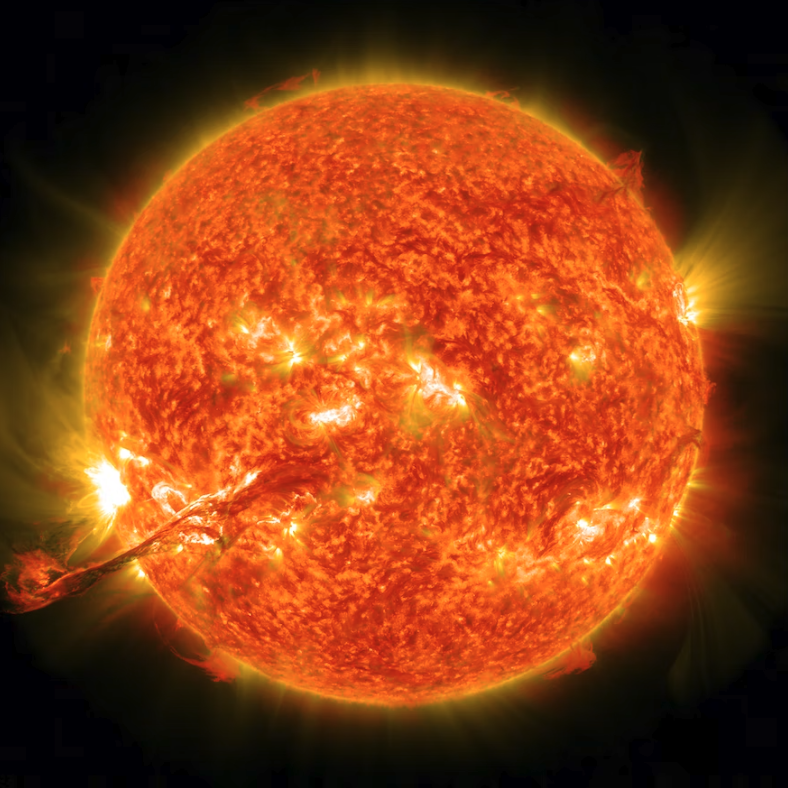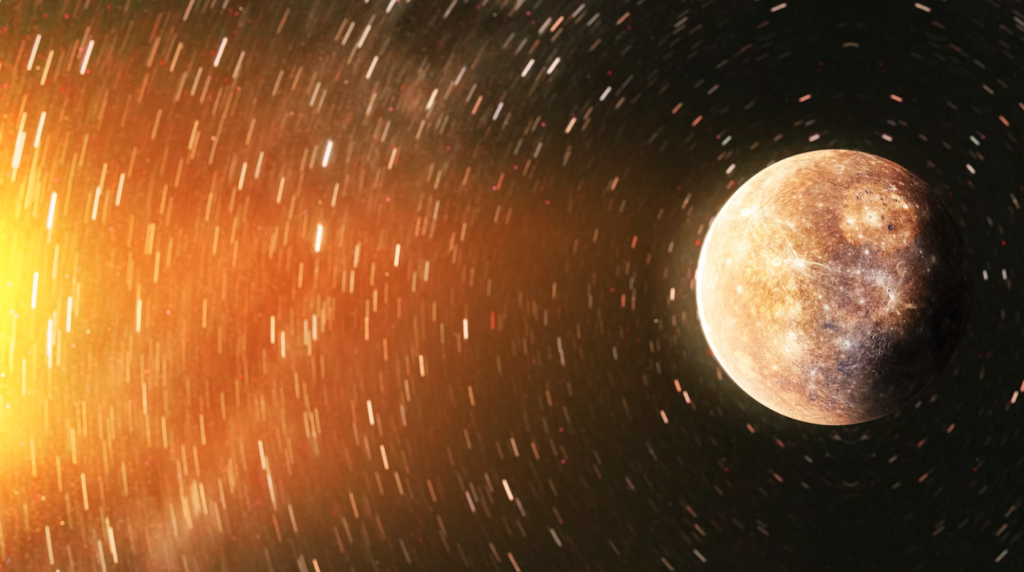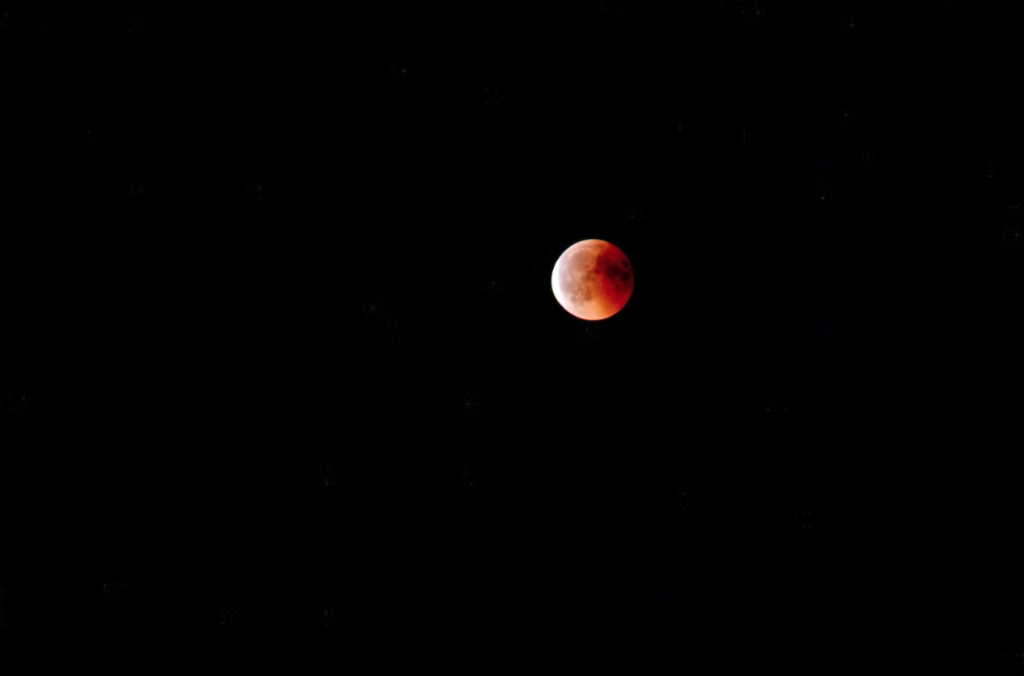How Old is the Sun? -The Age of the Enormous Energy Source
The Sun has been around longer than any living or lifeless mass in the Solar System, excluding microscopic dust grains from dead stars. When answering the question how old is the sun, we have to start in another era. The Sun was about 4.5 billion years old during the dinosaur extinction event!
The Sun’s estimated age of 4.6 billion years deems it the oldest celestial object in the Solar System while also rendering it 9.2 years younger than the universe. Taking this into account, let’s examine how the Sun’s age is measured while also finding out more about the remainder of this star’s lifespan.

How Do We Answer the Question: How Old is the Sun?
Due to the Sun’s explosive nature and considering that its surface can reach temperatures of 5778 Kelvin, retrieving direct data regarding its formation is considered impossible. Thus, a more indirect approach is required to pinpoint the time of its formation.
Luckily enough, the entire Solar System formed within 100 million years. In turn, it was figured that meteorite remains, moon rocks, and Earth rocks came to be at the same time as the Sun. So, by utilizing radioactive dating (examining the aforementioned entities’ core decay), it was estimated that the Sun was formed around 4.5-4.6 billion years ago.
With new technological advancement came more accurate stellar evolution computer models. By utilizing the Sun’s current size, brightness, and color, the estimates of how old the Sun is were identical to the ones mentioned above.
But when will the Sun cease to exist? What will be left of this once fiery mass?
When Will the Sun Die?
How old the sun is, isn’t the only important question to ask when talking about this star’s life. Like other similarly-sized stars, it’s estimated that the Sun will live up to 9-10 billion years. However, it’ll look significantly different from what one can see when looking at the sky today. To understand how the Sun will die, let’s better understand what’s happening inside the Sun’s core.
The primary reaction present in the Sun’s core is nuclear fusion. In this, the abundant hydrogen molecules are forming helium particles. As a result, a force is exerted outward, balancing out the core’s gravitational pull, leading to the Sun’s predetermined movements.
In about 5 billion years, the hydrogen present in the core will be minimal. In turn, the heavier gasses consumed will lead to the core’s contraction and the simultaneous surface’s expansion. This is known as the Red Giant phase of the Sun’s life.
This part of the Sun’s lifespan is estimated to last a billion years, during which its surface will approach Mars, engulfing the Earth, Mercury, and Venus in the process. At the same time , the core’s nuclear fusions will fuse heavier elements, like Helium, Carbon, and Oxygen. Once all the hydrogen is depleted, the Sun will form a planetary nebula due to the Carbon and Oxygen build-up, signaling the end of the Red Giant phase.
Shortly after, the Sun will become a White Dwarf star of Earth’s size, albeit 200,000 times denser. As a White Dwarf, the Sun will still emanate radiation and heat, though it’ll gradually cool off. This phase is thought to be the longest in the Sun’s lifetime, as most White Dwarfs still radiate after ten billion years.
The end of the Sun’s life comes with its Black Dwarf phase. At that point, the once shiny star will be a floating rock of the same temperature as the void around it. However, this does raise a few questions. What will happen to our Solar System? Or, better yet, what will happen to humanity?

What Will Happen to the Solar System?
While humanity has billions of years before the Sun’s ultimate demise, it must take quick action to ensure its survival. To understand what humanity must do to survive, let’s first understand how the Sun’s evolution will affect the Earth and, subsequently, the Solar System.
Within the next 100-300 million, Earth’s habitability will steadily decrease due to solar radiation. In practice, the planet’s average temperature will reach up to 300 Kelvin, leading to a CO2 level increase and making life on Earth nearly impossible.
Humanity would have to colonize a new habitable planet to survive. Making the new question what will become of the Solar System?
The good news is that some celestial masses will be largely unharmed by the Sun’s Red Giant phase. In fact, during that time, humanity could migrate to dwarf planets, like Pluto, or even Titan, one of Saturn’s moons.
Planets close to the Sun, like the Earth and Venus, will get swallowed up, if not utterly destroyed. Once the Sun becomes a White Dwarf, any planets left will freeze, including Earth, despite it initially being the hottest habitable planet.
When the Sun reaches its Black Dwarf phase, its gravity won’t be intense enough to attract any planets that survived its Red Giant form, like Jupiter or Saturn. In turn, the Solar System will cease to exist .
At that point, trillions of years away, if humankind is still around, it’ll have most likely migrated to the Milky Way if it hasn’t already become a Type 2 or Type 3 civilization.

Plenty More Sunny Days for Humans
When asking yourself how old is the sun, there is no need to panic about your future being cut short. The Sun’s age is estimated to be 4.6 billion years. As the millennia pass, this magnificent star will get hotter, bigger, and brighter due to its ever-decreasing hydrogen molecules, while life on Earth will become impossible.
Before the Sun doubles its current age, it’ll have reached the status of a Red Giant, consuming the Earth, Venus, and Mercury, while making uninhabitable dwarf planets and moons in the Solar System optimal for humankind.
In 5 billion years from now, the Sun will create a planetary nebula, before shrinking and becoming a White Dwarf. It’s estimated that the Sun will continue emanating radiation and heat for trillions of years, before cooling off and turning into a Black Dwarf.
